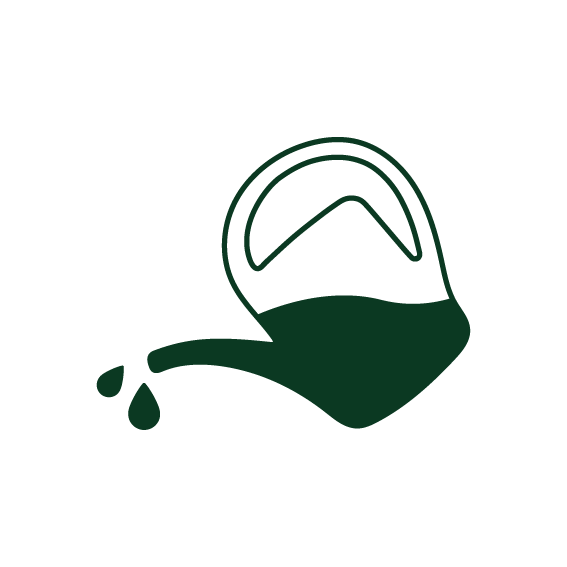Advice
Place your carnivorous plants in a bright location with plenty of indirect sunlight. Make sure to use distilled or rainwater to keep the soil moist and enhance humidity levels by placing them in a terrarium or using a humidity tray underneath.
Fun facts
Many carnivorous plants have evolved their unique characteristics because they grow in nutrient-poor environments and have adapted to supplement their diet with insects. Interestingly, though they capture and digest insects, very few do so as a primary source of nutrition. For example, the Venus Flytrap closes its traps swiftly when trigger hairs are touched, but it does so only to maintain its nitrogen levels, not solely for sustenance.
Another quirky fact is the delicacy with which these plants perform their catching routines; contrary to their fearsome reputation, they primarily consume smaller insects. So, they won't be feasting on your fingers anytime soon!
Signs of weakness
When these carnivorous plants are under stress, they may show signs such as closed traps, brown edges, or sluggish trap closure. If you notice the traps aren’t snapping shut quickly, it might indicate a lack of humidity or insufficient light. Always check soil moisture and ensure they have enough indirect sunlight and humidity to keep them in tip-top shape!
 Direct light
Direct light Moderate irrigation
Moderate irrigation Normal humidity
Normal humidity Suitable for pets
Suitable for pets